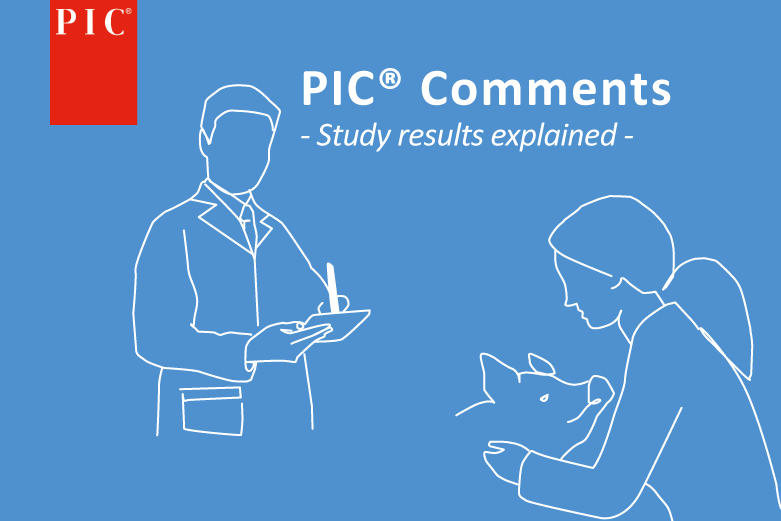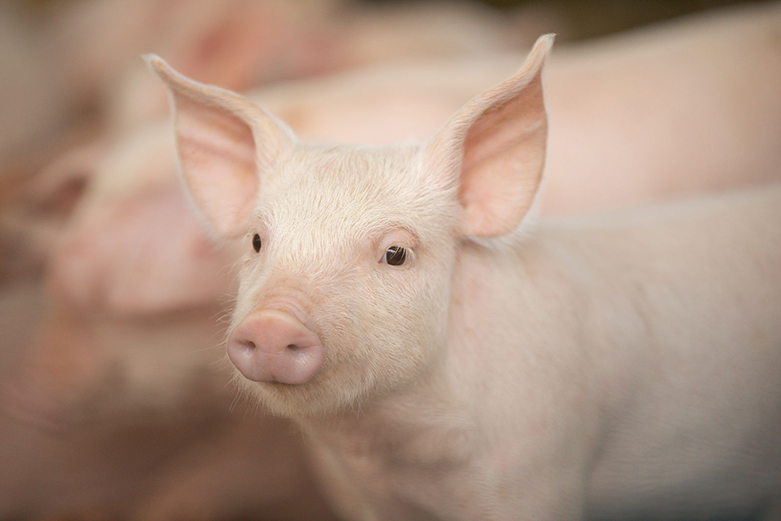The world is facing a convergence of environmental realizations that impacts the future for us all. As a dynamic land-based enterprise agriculture offers the ability to improve soil, sequester carbon and hold and filter water, while producing food. However, choosing the right animal, one that is healthy, robust, and efficient is critical to sustainable protein production and the ability to utilize agriculture as part of the solution.
“Sustainability” – not really a brand-new topic
People are talking about “sustainability”, “sustainable agriculture” is being demanded, and in some countries a so-called ” transformation of animal husbandry to more sustainability” is on the agenda. But what do we mean by “sustainable agriculture”?
Already in 1990 the US Farm Bill defined: “Sustainable agriculture is an “integrated system of plant and animal production practices having a site specific application that will, over the long term: (a) satisfy human food and fibre needs; (b) enhance environmental quality; (c) make efficient use of non-renewable resources and on-farm resources and integrate appropriate natural biological cycles and controls; (d) sustain the economic viability of farm operations; and (e) enhance the quality of life for farmers and society as a whole.”
Contributing to sustainability
The good news is that we can all contribute to improving sustainability. Especially in animal husbandry and animal breeding, this is a discussion that is being faced and a topic that is being actively addressed. The goal of “sustainability” in these areas is not as new as the current social and political discussion likes to make it out to be. After all, the efficient refinement of raw materials that we cannot use ourselves (e.g., grass/food waste) and securing enough healthy food for the population is the fundamental goal of livestock farming.
Nevertheless, the question naturally arises as to how a modern agricultural business should position itself in this regard. Only in this way can continuous improvement work. And of course, it is not quite as simple as that, as there are sometimes conflicts of objectives, for example between the demand for more animal welfare and the demand for sustainability. Example: It is certainly not in the interest of sustainability to raise the male chicken of a layer line as this would lead to a lower feed efficiency than raising a broiler chicken. In terms of animal welfare, raising the so-called “brother cock” makes a lot of sense to stop killing new-born male chicks.
Implementation of sustainability in genetic improvement strategies

As a modern, forward-looking global breeding company committed to continuous improvement and optimisation, PIC is at the forefront of sustainability. Dr Craig Lewis, Head of the Genetic Services Team in Europe at PIC and Chairman of the Steering Committee of the European Forum of Farm Animal Breeders (EFFAB), implements sustainability goals in the breeding strategies. Accordingly, PIC is also a signatory of the Code EFABAR. This is a voluntary code developed by international experts from science, industry, and socioeconomics regarding the implementation of sustainability in animal breeding. In short, this voluntary code focuses on animal health and welfare, food safety and consumer protection, resource efficiency and reduction of environmental impacts while maintaining product quality.
“Efficient feed conversion and product quality are just as important as the general resilience of the animals. Both are implemented in the breeding objectives at PIC. In addition to maintaining animal health, also in terms of biosecurity, through its own animal health team, which is also always available to assist customer farms, PIC also takes new, forward-looking paths with its research and development team in terms of animal health. One example is the successful breeding of pigs with resistance to PRRSV. The award-winning FertiBoar technology for identifying and selecting boars with good semen quality is also an important step towards improving sustainability,” says Craig Lewis, citing a few examples of PIC’s continued focus on sustainability through ongoing focus on resource efficiency and elimination of waste.

Regarding resilience, however, it is no longer just about performance parameters and health, but there is also an increased focus on animal behaviour. In contrast to other domesticated animals, such as dogs, the behaviour of pigs was for a long time not so much in the interest of genetic improvement, but rather ran alongside it. To change this, the discipline of “animal welfare and behaviour” is meanwhile well-established in PIC’s product validation team.
“Implementing behavioural traits into breeding objectives and estimated breeding values is of importance to increase the resilience of animals and their emotional stability. Especially when we discuss current husbandry requirements such as free farrowing or tail docking ban, a modern breeding company should also be interested in specifically addressing behavioural aspects. PIC follows a scientific and therefore objective and transparent approach. This means that we must first ensure that the desired behavioural traits are also measured correctly. Some exciting research projects are currently underway, for example on the specific cause research (pathogenesis) in the development of obsessive tail biting, but also on desirable behavioural traits, such as positive social traits and play behaviour.
We are also working on the efficient measurement of animal welfare to be able to implement suitable animal welfare indicators in the breeding objectives. “Ongoing research projects in which PIC is involved show that choosing the right animal can contribute to sustainability without compromising animal welfare objectives. The aim is to improve quantifying potential conflicts between economy, ecology and animal welfare and thus to be able to define the optimum. So, a lot is happening at breeding companies, even if these developments naturally take up to five years until the genetic progress from the top breeding level reaches the commercial farm level. But PIC is doing everything it can to ensure that scientific progress is also implemented in practice.
This, in turn, means that the 17 Sustainable Development Goals of the United Nations [see also Wikipedia: Sustainable Development Goals – Wikipedia] are also implemented directly and indirectly in the company. In particular, it is important to understand that it is not about human health/well-being on the one hand and animal health/well-being on the other, but that it is about a holistic One Health/One Welfare construct, which is also shown, for example, by the debate on less antibiotic use both in veterinary medicine and animal husbandry as well as in the field of human medicine.

“Animal Breeding has strongly and positively evolved over the last 2 decades to face environmental and societal challenges; however, Animal Breeders don’t have a long tradition of communicating about breeding practices. The Code EFABAR Initiative started in 2005 to showcase the commitments of EFFAB members towards more sustainable breeding and farming. Code EFABAR is the common tool of the sector to engage in dialogue with policy makers, stakeholders, and civil society about modern and balanced animal breeding programs in which, animal health and welfare and traits related to sustainability have become increasingly important.”

Learn more at European Forum of Farm Animal Breeders (effab.info)




